You know you’ve pissed off the locals when you arrive at your holiday destination to see signs like this scattered all over the place:

And as the signs are printed, not handmade, enough of that sentiment exists that someone’s making money off it. Whatever could have driven the locals to feel this way? Well, here’s one possible reason:
A man shared his frustrations after being rejected three-times by restaurants with plenty of free tables in Barcelona. Resident (!) Eudald said: “On the first terrace that I got a table, a waiter quickly arrived and told me that it was reserved. It was not. As soon as I got up, a group of foreigners who were behind me sat down,” he explained.
“In the next one, they warned me that I would only have 20 minutes. I specified that I wanted to have dinner, but they insisted that I should do it within that time frame.”
Giving a Spaniard only 20 minutes to eat his meal… isn’t that against the law, Over There? And don’t these guys know who keeps their doors open when the touristas aren’t there?
Then you have this situation:
Ximo Lorenzo, the manager of the Clandesti bar in Valencia, said he’s tried other methods to stop customers from hanging around and not paying for drinks – but they failed. He told Levante-EMV: “This is a cheap place where we had board games for people to play, but I’ve seen people arrive at 6pm, stay until 12pm and only order a coke. That’s not profitable.”
At first, Lorenzo said board game players were required to order a drink every 40 minutes, but customers didn’t listen. He then limited glasses for shared drinks and took away the board games, which he said was a “shame”. He said: “In general, people do have common sense and order several drinks if they are there for a long time. But on the days when we brought live music, some people came in to see the concert and didn’t drink anything, so I had to put up a compulsory consumption sign.”
Nothing worse than a cheapskate tourist, I agree. Even I, a devoted flaneur, will order either a meal, some pastries and/or several cups of coffee or aperitifs if I stay awhile. However, ol’ Ximo could have the other kind of problem:
Boozy Brits vomit & brawl on streets of new party capital as
girls flash for free drinks & down 10 shots in 10 seconds




You have to read the whole story to get the full extent of the awfulness, but here are a couple of choice snippets:
British visitors Stacey, from Manchester, and Londoner Katy, had been left feeling a little disgusted after trying out the Anus Burner shot made up of tequila, orange juice and Tabasco.
And:
One person has a plastic phallus strapped to their head and if other punters can land three neon hoops over it, the whole bar gets a shot for free. If they fail, the reveler wearing the penis has to pay for everyone to get a shot.
Nothing says “class” like walking into a pub to find someone wearing a penis on their head — although I suspect the term “dickhead” slips easily off the tongue.
Oh well… scratch Split from the “Travel Bucket List” — or maybe I’d just go during late fall or winter, to avoid the wild animals (see above).

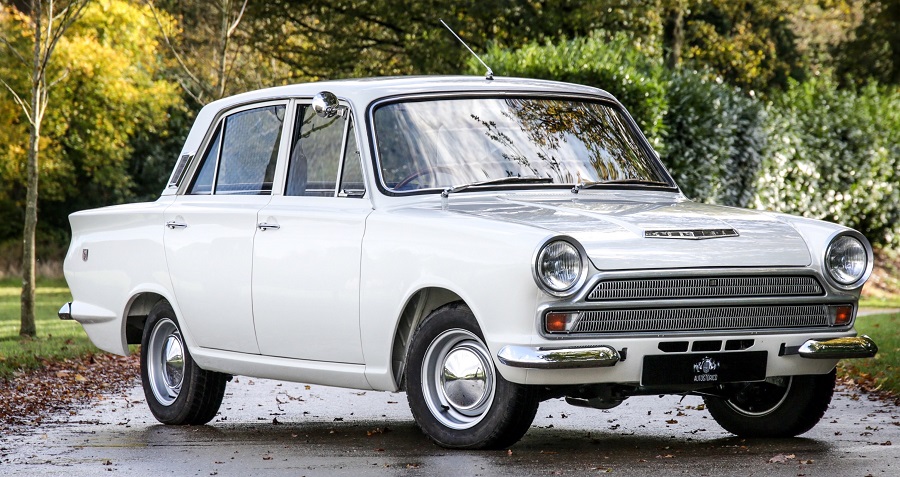
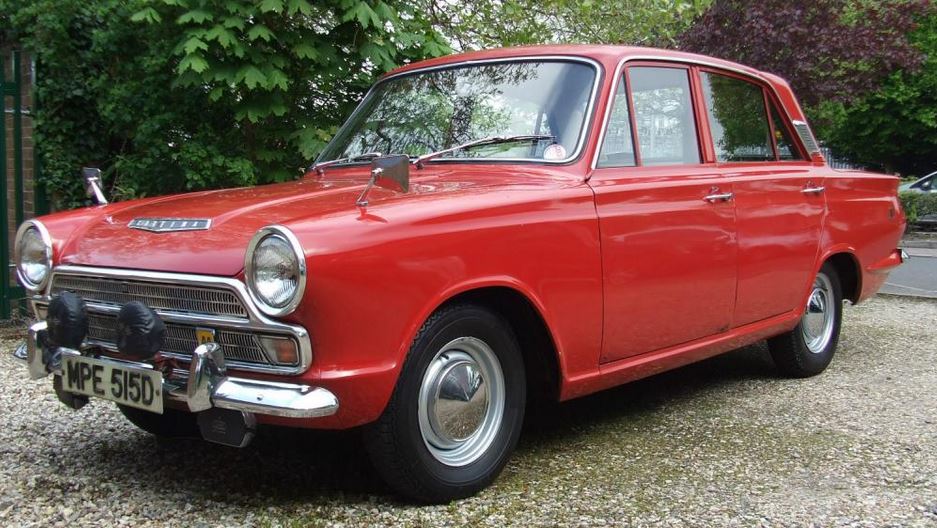
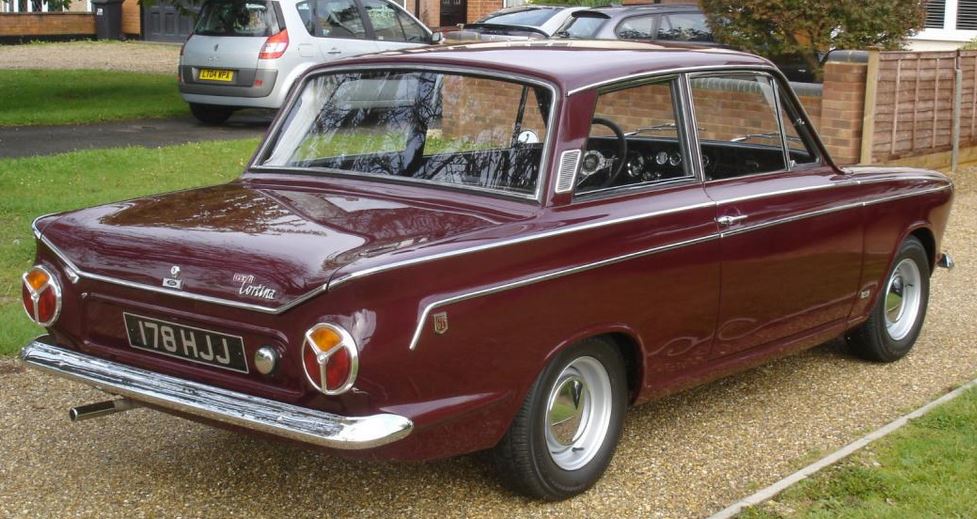
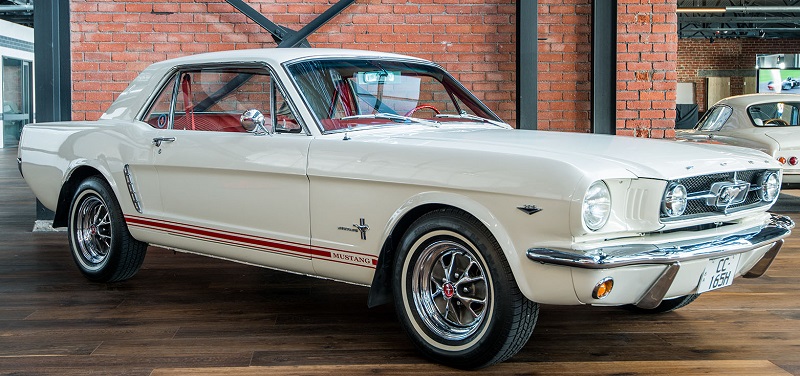
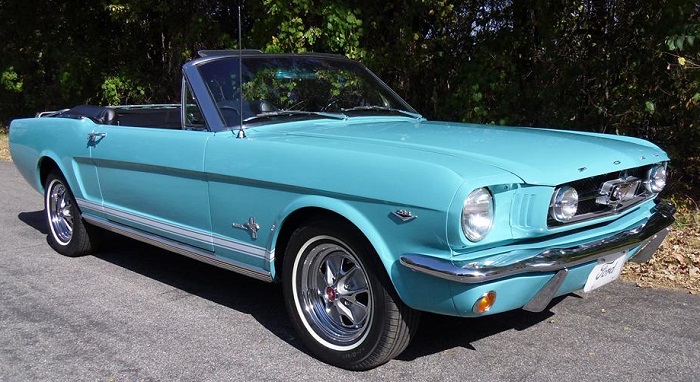


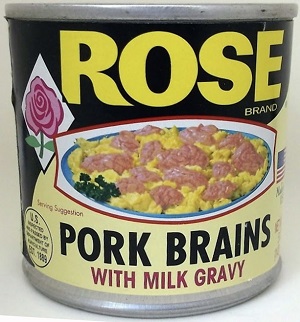



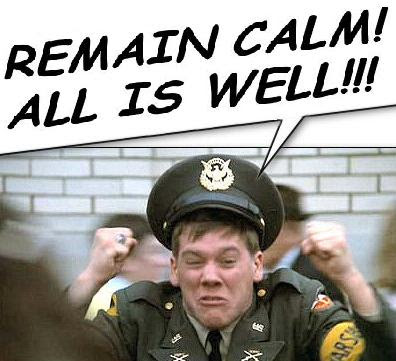









 ...one more time: who they?
...one more time: who they?




